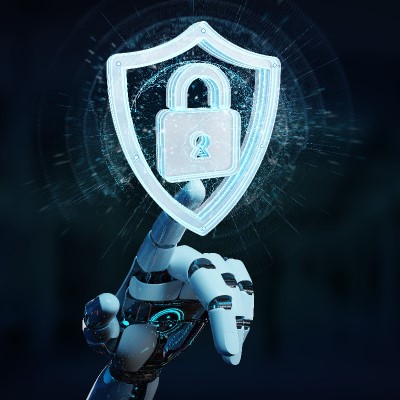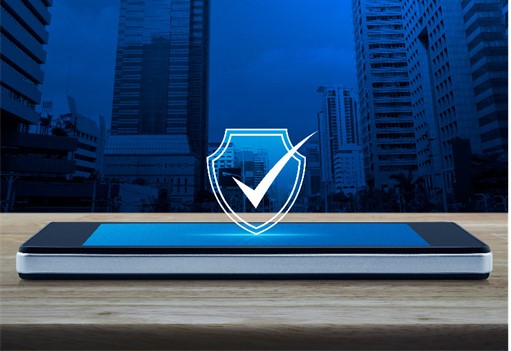Samantha Foss is an entrepreneur in the technology sector. In the following article, Samantha Foss discusses advancements in the technology industry that are revolutionizing how businesses protect themselves.
With the Internet of Things (IoT) and general device connectivity growing seemingly by the day, the risks of cyber-attacks are climbing too. Security teams are tackling hardware-level bugs alongside software and network vulnerabilities like never before.
Luckily, Samantha Foss says that 2022 has seen plenty of cybersecurity innovations that are helping business increase their protections and keep their clients’ and employees’ information safe.
Samantha Foss on Innovations Helping Businesses Better Protect Themselves
StartUs Insights used their AI and Big Data-powered Discovery Platform to analyze global startups and scaleups to identify the most helpful emerging technologies in the cybersecurity industry.
The results show that the following tools and systems are revolutionizing the way businesses help fend off cyber-attacks and protect their data:
Automated Threat Management
Regardless of the industry, Samantha Foss reports that manual user and device verification is a resource- and time-intensive task thanks to the massive number of connected devices on private and public networks. Not to mention the likelihood of human errors causing false positives!
Enter automated threat management solutions which solve these issues.
This year saw cybersecurity startups offer AI-based products that seamlessly integrate into companies’ IT infrastructures, monitoring data flows and device/user access.
The technology allows admins to easily analyze vast amounts of real-time data while leveraging historic device or network information to prevent suspicious activities.
Therefore, automated threat management products reduce cyber risks, respond immediately to detected threats, and turn a formerly passive process into a predictive one.
Zero-Trust Architecture
Samantha Foss reports that as of May 2022, the number of connected IoT devices has reached a mind-boggling 14.4 billion around the world. While this is fantastic for the technological innovation field, it has made cybersecurity even more complex.
With that in mind, it comes as no surprise that the digital security industry has been emphasizing zero-trust architecture (otherwise known as ZTA) to prevent the authorization of suspicious devices.
ZTA denies access to every gadget by default unless the device has been pre-approved by the network’s administrators. Therefore, such solutions greatly decrease the risk of hackers reaching critical data.
For businesses, Samantha Foss says that zero-trust architecture solutions don’t require much capital expense, and they can integrate with AI to automate request processing.
Cybersecurity Mesh
Organizations use cloud and edge environments alongside on-premises installations to enhance process flexibility and operational efficiency. The combination has proved challenging for the cybersecurity industry, which is transferring to scalable, integrated risk management strategies, products, and solutions.
Cybersecurity mesh allows IT teams to compile all platforms, networks, and devices into a single point, providing an overview of the organization’s IT assets and bettering risk management explains Samantha Foss.
 Behavioral Analytics
Behavioral Analytics
Phishing and man-in-the-middle attacks are increasing, meaning security departments can’t rely solely on password authentication to verify identities.
To combat this, cybersecurity teams are utilizing behavioral analytics alongside MFA.
Samantha Foss explains that these analytics use historical and real-time information to determine trends, habits, and patterns in user workflows. Thus, whenever a user or device deviates from their typical patterns, the behavioral analytics solution alerts teams and takes the required action to stop cyber-attacks.
The businesses developing these solutions combine machine learning with advanced analytics to flag issues to IT teams upon detecting potentially suspicious activity.
Identity Management
Samantha Foss says that a fully functioning identity and access management (IAM) system is essential to reducing false negatives and positives, especially as businesses transfer to hybrid working environments.
These days, companies can find IAM systems built for hybrid circumstances. The solutions leverage multi-factor authentication to ensure more than one user parameter is used (e.g., previous activities, hardware ID, biometrics, etc.) to improve identity verification accuracy.
Endpoint Protection
Samantha Foss says that the frequency of ransomware attacks is on the rise. So, endpoint protection solutions are more popular than ever.
They allow employees and home users to monitor network activities to effortlessly detect malicious data or websites. Plus, such solutions can be added to hardware installations to improve networks’ firewall abilities, mitigating data recovery and legal fees.
The Cybersecurity Landscape Ten Years from Now
Samantha Foss says that despite the advancements in 2022, the world is rapidly digitizing every aspect of life. So, cybersecurity in 2032 will be more critical than it is now.
Cloud computing and the role of passwords in ten years is widely debated. However, most experts agree that AI will be more critical than ever in preventing malicious cyber-attacks as the world is well-and-truly digital by this time.








